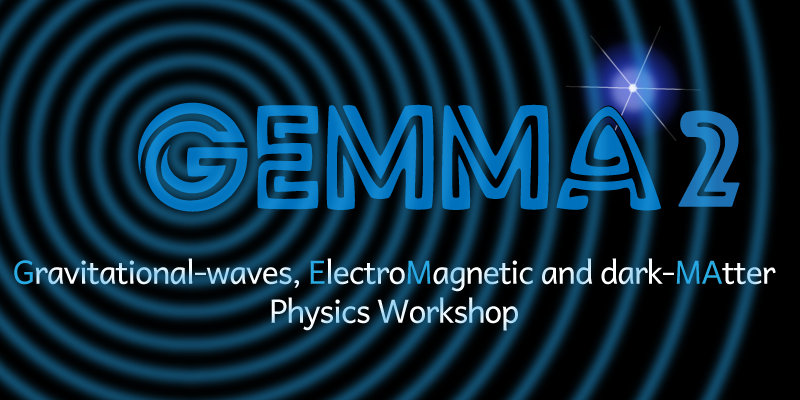Speaker
Description
We explore cases of off-equatorial motion of a matter following inclined, almost spherical, relativistically precessing trajectories around a supermassive black hole with the aim of understanding the boundaries between the regions of stable, plunging, and escaping motion. As a generalisation of the Innermost Stable Circular Orbit (ISCO), the concept of the radius of the Innermost Stable Spherical Orbit (ISSO) determines the inner rim of inclined accretion/ejection process. We demonstrate that the region of bound orbits has a complicated structure due to enhanced precession in strong gravity. We also explore the fate of particles launched below the radius of the marginally bound spherical orbit: these may either plunge into the event horizon or accelerate to very high energy towards radial infinity (cf. The Astrophysical Journal, Volume 966, id.226, 2024; https://arxiv.org/abs/2404.04501).

